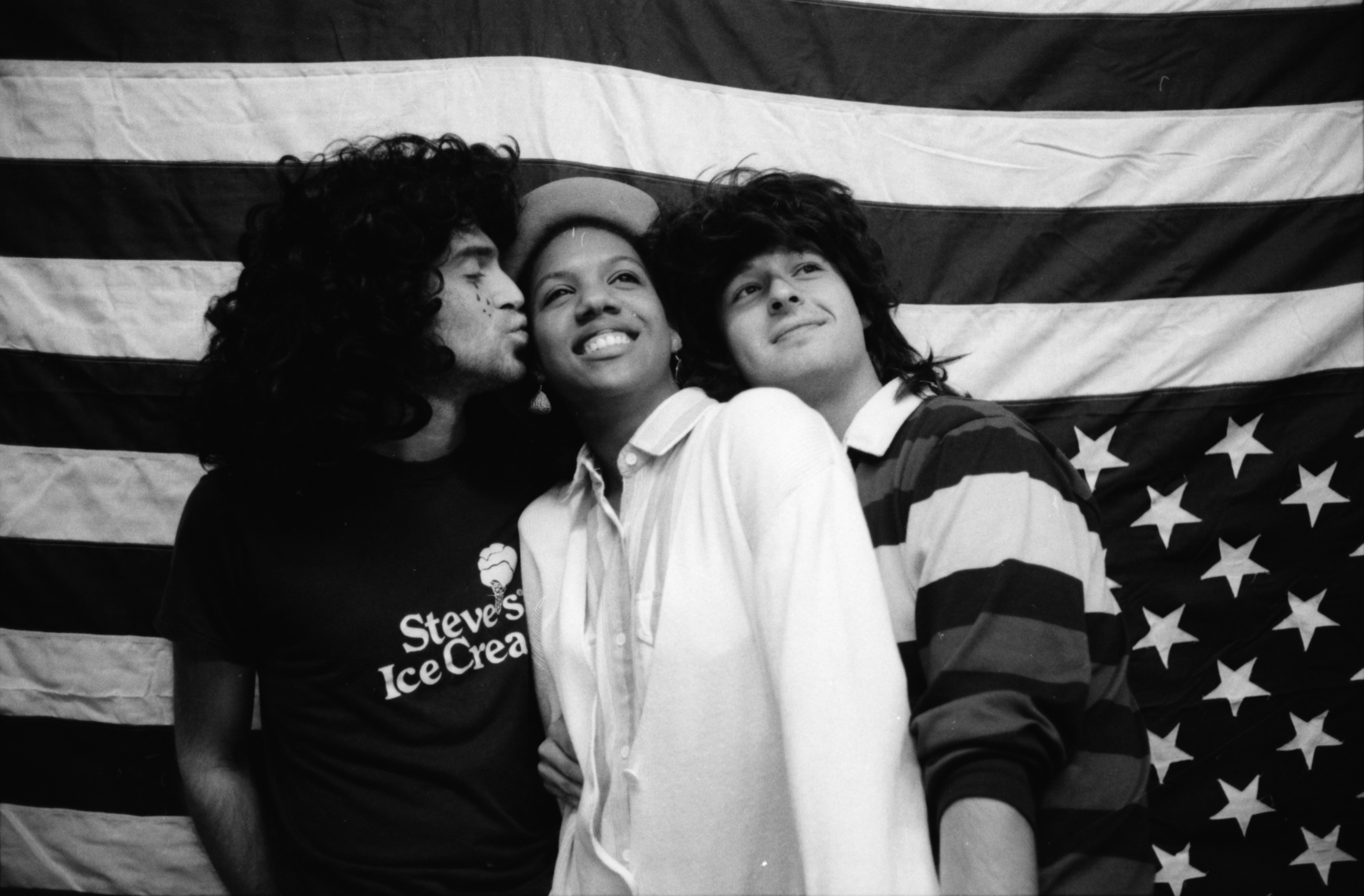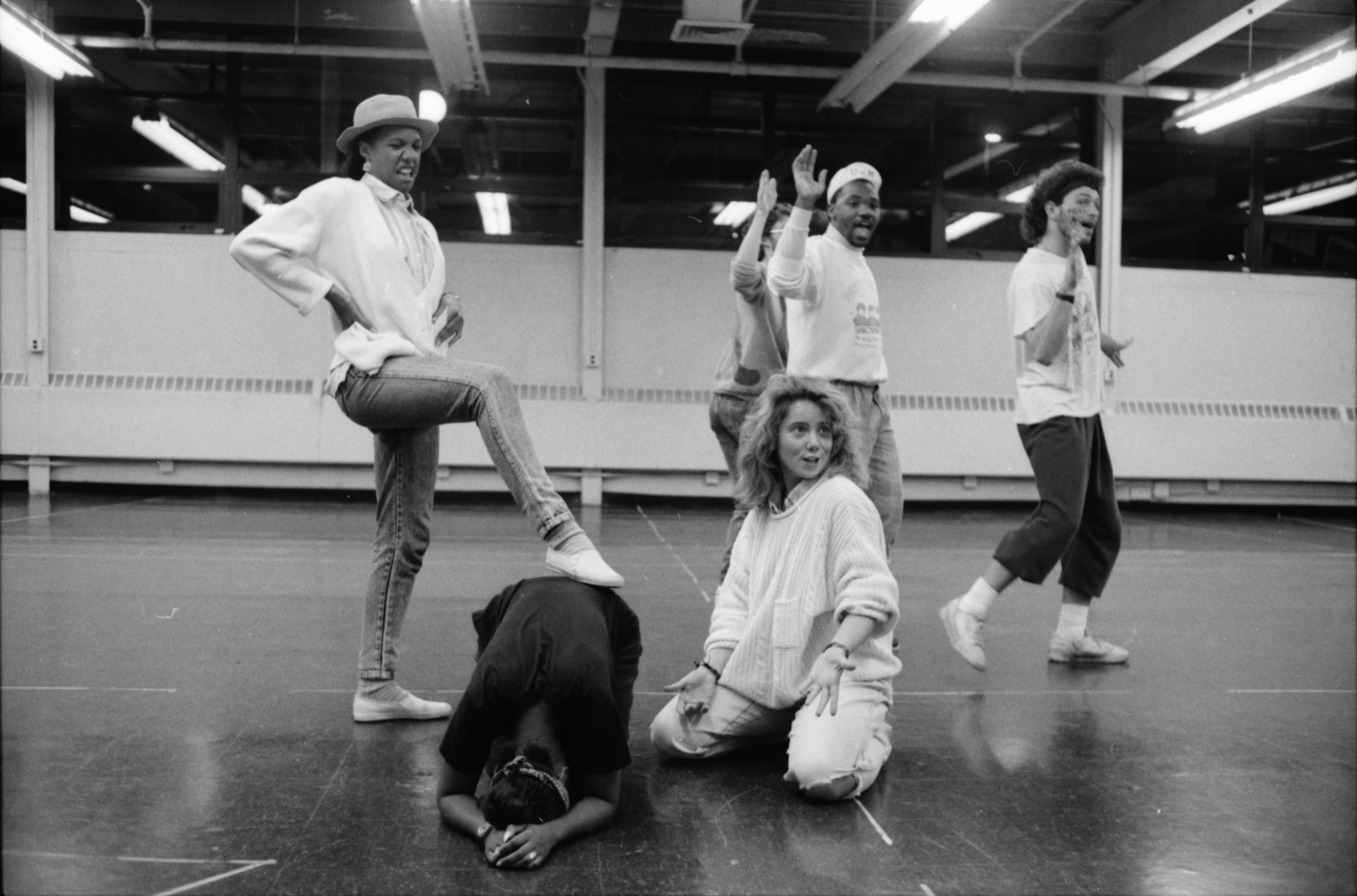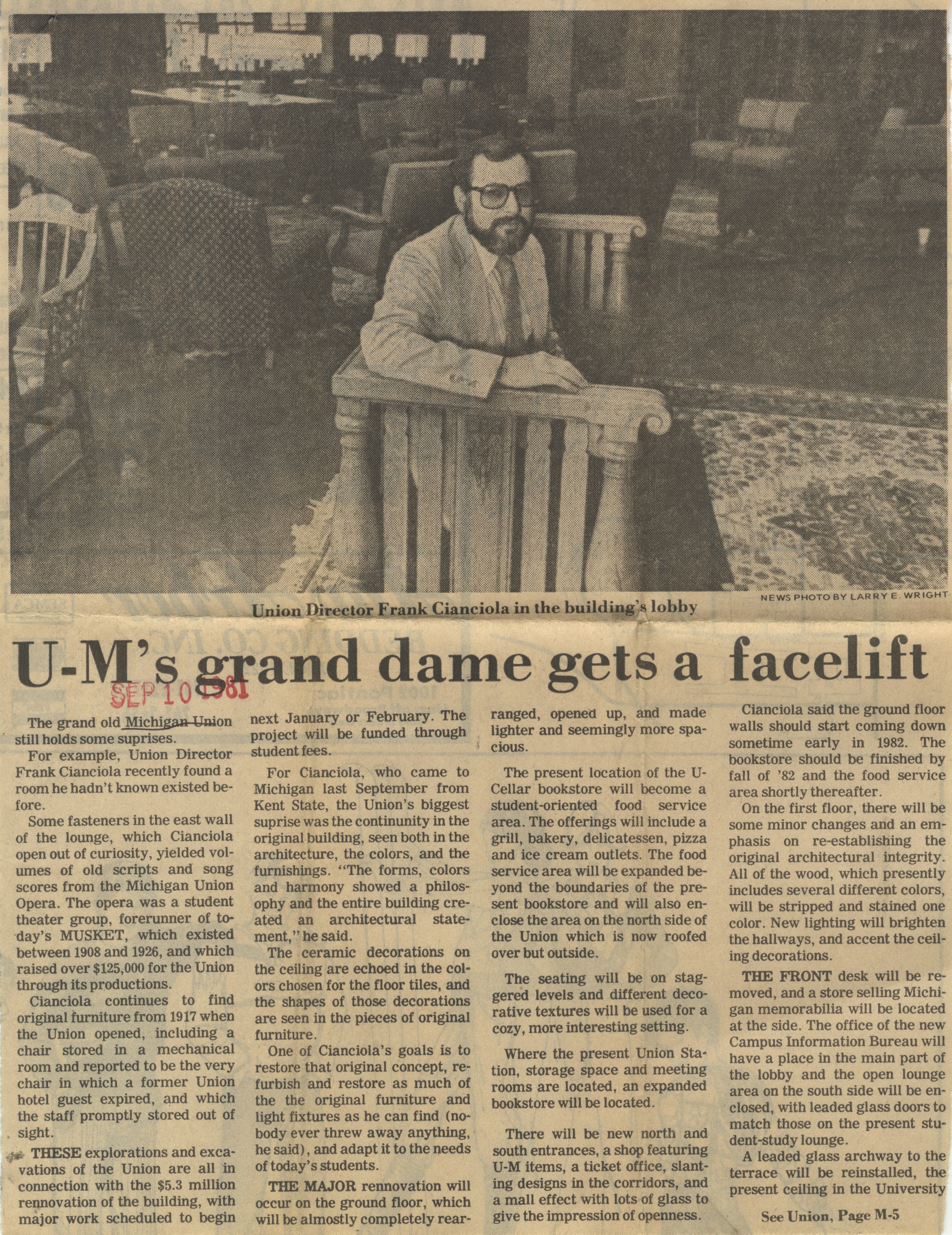Cast members of MUSKET's 'Hair,' October 1987 Photographer: Doug McMahon

Year:
1987
Copyright
Copyright Protected
- Read more about Cast members of MUSKET's 'Hair,' October 1987
- Log in or register to post comments
Cast members of MUSKET's 'Hair,' October 1987 Photographer: Doug McMahon

Year:
1987
Copyright
Copyright Protected
- Read more about Cast members of MUSKET's 'Hair,' October 1987
- Log in or register to post comments
Cast members of MUSKET's 'Hair,' October 1987 Photographer: Doug McMahon

Year:
1987
Copyright
Copyright Protected
- Read more about Cast members of MUSKET's 'Hair,' October 1987
- Log in or register to post comments
Cast members rehearse for MUSKET's 'Hair,' October 1987 Photographer: Doug McMahon

Year:
1987
Copyright
Copyright Protected
Cast members of MUSKET's 'Hair,' October 1987 Photographer: Doug McMahon

Year:
1987
Copyright
Copyright Protected
- Read more about Cast members of MUSKET's 'Hair,' October 1987
- Log in or register to post comments
In local theater, 1987 was the year of the actor

Parent Issue
Day
9
Month
January
Year
1988
Copyright
Copyright Protected
- Read more about In local theater, 1987 was the year of the actor
- Log in or register to post comments
U-M's Grand Dame Gets A Facelift

Parent Issue
Day
10
Month
September
Year
1981
Copyright
Copyright Protected
- Read more about U-M's Grand Dame Gets A Facelift
- Log in or register to post comments